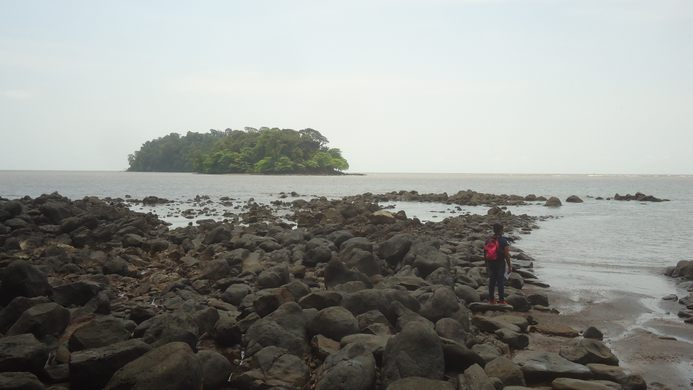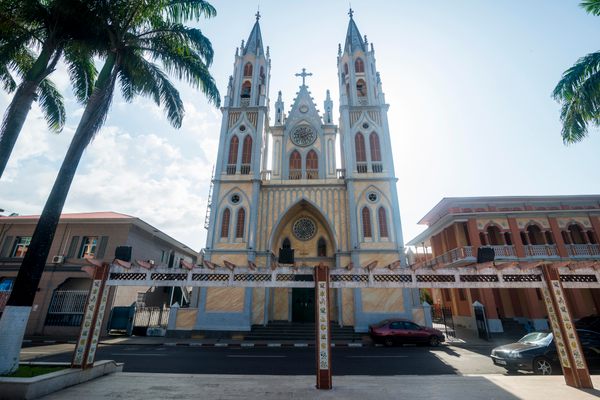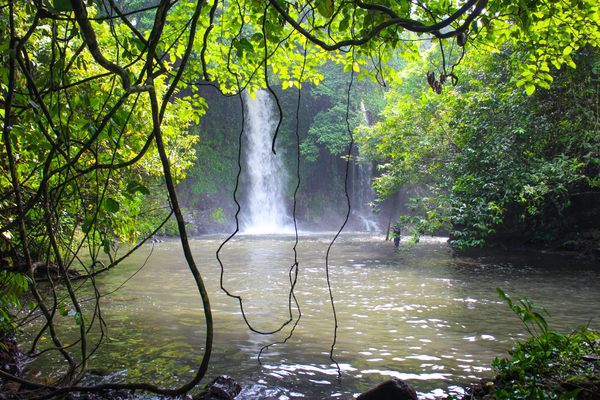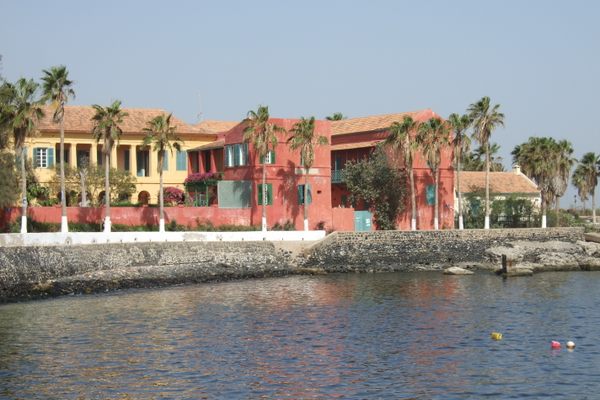AO Edited
The Slave Port of Bimbia
Buried deep in the forest near Limbe, this little known slave port became the point of no return for 10 percent of enslaved Africans.
On the shores of the Atlantic, near the seaside city of Limbe, Cameroon, lies the Bimbia Bonadikombo community forest. In the 18th century, Bimbia was a slave trade port, where historians have confirmed that at least 10 percent of enslaved Africans passed through, before being forced onto boats sailing to Europe and the Americas.
Although covered in overgrown bamboo, bush, and vegetation, the ruins of this coastal slave port are intact. From chains that are almost two meters long to the bells and bracelets still visible, the pain and hardships of those who were enslaved become even clearer. The pillars of the prisons still stand tall.
Unlike the island of Gorée off the coast of Senegal and Cape Coast Castle in Ghana, this slave trading port off the coast of Cameroon is relatively unknown. In the late 1970s, only a small number of historians had identified the remnants of the site, discovered during work on the site of the baptist church dedicated to British missionary Alfred Saker. A little over 10 years ago, Dr. Lisa Aubrey, who was on Fulbright at the University of Yaoundé I at the time, began working with international journalist Alain Kenfack to conduct research on the significance and history of the site. Dr. Aubrey and her research team have been able to locate 166 slave ships that left the shores of Cameroon headed to the Americas. Her research also showed that many of those enslaved did not just come from the Limbe area, but also from the grassfields of inland northern and western Cameroon, going through tortuous routes.
Little has been done to develop the site as a place where tourists can easily visit. A road leading to the site has still not been constructed and local tour guides have been trying to encourage more Cameroonians to visit the site. However, In 2017, the Cameroonian government declared it a National Cultural Heritage and have also been working towards making the historical slave port a UNESCO World Heritage Site.















Follow us on Twitter to get the latest on the world's hidden wonders.
Like us on Facebook to get the latest on the world's hidden wonders.
Follow us on Twitter Like us on Facebook